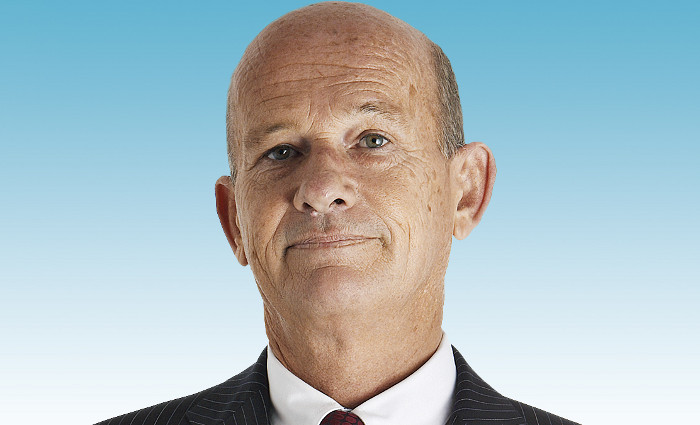
PMP has more than doubled profit and wiped out $35.4m in debt, completing a turnaround few thought possible three years ago when it began its transformation strategy under then new CEO Peter George.
Australia’s biggest printer more than doubled profit from $3.4m to $8m for the 2015 financial year, slashing operating costs by 10 per cent and focusing on higher margin business.
The profit could have been higher if not for $6m in net significant items, including $5.7 in redundancies, and chief executive Peter George says this will be significantly lower next year, driving profit up further.
[Related: Ups and downs of PMP]
The market reacted favourably to the news, with its stocks rising by four per cent to 53c on the announcement. When George took over the share price was 23c.
George expects PMP to be debt free by the end of FY16 with another $35.4m paid off this year, bringing it down to a record low $16.3m – lower than the June forecast of $19m.
Sales fell another 9.7 per cent to $811.7m and EBITDA 8.4 per cent to $58.1m, but George says this is about right-sizing the business and sales will start growing again next year.
George says $38m of the $87.5m sales fall was from lower magazine volume at distribution arm Gordon & Gotch, which only has a two per cent margin.
At the main PMP Australia business, distribution volume fell eight per cent, half of which was due to publisher GSG collapsing.
Sales also fell $30m from a big customer buying its own paper, and PMP’s exit from directories and other low-margin business.
As a result, heatset print and distribution sales fell 11.6 per cent overall, but after adjusting for these factors it is only down 3.9 per cent.
Catalogues continued to be ‘resilient’, with volume falling five per cent – but six per cent was again from exiting low margin business, meaning continuing business is up one per cent. Catalogues account for 80 per cent of PMP’s profit.
Griffin Press was again the standout, up 13 per cent as book printing continues its resurgence in Australia with on-demand printing.
George says the shift from big book runs that sat around in warehouses to print on demand for runs as low as 10 means the industry is winning work back from overseas.
“I think we will see this trend continue and the whole industry will benefit from it and the recent increased sales of books,” he says.
George says PMP revenue will reverse its downward trend, which has seen $300m wiped of its turnover in recent years, in the next financial year as the business is positioned exactly where it needs to be.
“A lot of commercial print is in an irreversible decline, particularly with magazines which are gossip driven and you can easily get gossip on the internet now,” he says.
“We will continue to see growth in books and resilience in the catalogue market, along with stabilisation in heatset prices, which has hit rock bottom.
“Print industry volumes and heat-set prices are more stable and the value of catalogues for retailers has been validated.”
[Related: More financial reports coverage]
George says PMP can now efficiently offer a ‘total retail solution’ of print and distribution under one roof that saves big clients $1-4m on freight alone.
“We offer a compelling competitive advantage to our customers through our unique nationwide bundled printing and distribution solution. An increasing number of our large customers are taking up this offering as it provides increased speed to market and lower overall costs,” he says.
“This is how we will fuel our growth – the message is sinking in to the market and word is spreading about the savings from this model.”
PMP has leveraged this offering to win $20m, 75 per cent in heatset printing and 25 per cent distribution, that started bearing fruit since April and are earning as expected.
In Australia, converted tonnes of printing fell 6 per cent to 206.6 million, but rose 1.7 per cent in New Zealand to 40 million.
Free cashflow is down 8.5 per cent to $35.5m, but George says last year was a blip with so many asset sales and the $30-40m range should be expected going forward.
PMP will in October pay shareholders their first dividend in more than three years, totalling about $6m – half the $12.1 net profit after tax.
George says this formula will continue into the future with either dividends or share buybacks, and the company is seeking flexibility to increase the payouts.
Comment below to have your say on this story.
If you have a news story or tip-off, get in touch at editorial@sprinter.com.au.
Sign up to the Sprinter newsletter

